Plan Your Visit
Hours
Mon–Thur: 8am – 7pm
Friday: 8am – 5pm
Saturday: 8am – 12pm
Sunday: Closed
Phone
After-Hours Immediate Care: (316) 261-8825
Fax
Clinical Fax: (866) 514-0974
Dental Fax: (888) 662-7106
Dec 10, 2020
Masks offer some protection to you and are also meant to protect those around you, in case you are unknowingly infected with the virus that causes COVID-19. However, a mask is NOT a substitute for social distancing. Masks should still be worn in addition to staying at least 6 feet apart.
You should always wash your hands with soap and water for at least 20-40 seconds or use hand sanitizer with at least 60% alcohol after touching or removing your mask.
Masks may not be necessary when you are outside by yourself away from others, or with other people who live in your household. However, businesses and local governments may have mask mandates while out in public and these mandates should always be followed.
COVID-19 spreads mainly from person to person through respiratory droplets. Respiratory droplets travel into the air when you cough, sneeze, talk, shout, or sing. These droplets can then land in the mouths or noses of people who are near you or they may breathe these droplets in.
Masks are a simple barrier to help prevent your respiratory droplets from reaching others. Studies show that masks reduce the spray of droplets when worn over the nose and mouth.
You should wear a mask, even if you do not feel sick. This is because several studies have found that people with COVID-19 who never develop symptoms (asymptomatic) and those who are not yet showing symptoms (pre-symptomatic) can still spread the virus to other people. The main function of wearing a mask is to protect those around you, in case you are infected but not showing symptoms.
It is especially important to wear a mask when you are unable to stay at least 6 feet apart from others since COVID-19 spreads mainly among people who are in close contact with one another (within about 6 feet).
A cloth mask also offers some protection to you too. How well it protects you from breathing in the virus likely depends on the fabrics used and how your mask is made (e.g. the type of fabric, the number of layers of fabric, how well the mask fits).
Everyone 2 years of age and older should wear a mask in public settings and when they are around people who do not live in their household.
Wear a mask when caring for someone who is sick with COVID-19 (whether at home or in a non-healthcare setting). If you are sick with COVID-19 or think you may have COVID-19, wear a mask when you need to be around other people or animals, even in your own home.
There are specific instances when wearing a mask may not be feasible such as when you see a member of HealthCore Clinic for anything involving your mouth and nose.
Masks should not be worn by
Some masks work better to help stop the spread of COVID-19 outside of healthcare settings. Medical masks and N-95 respirators should not be used because they should be conserved for healthcare workers.

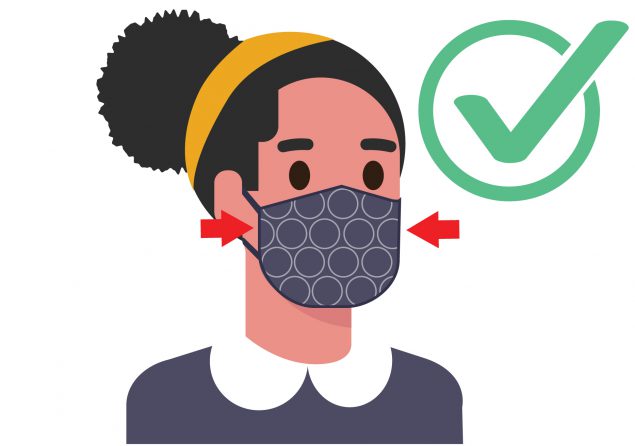
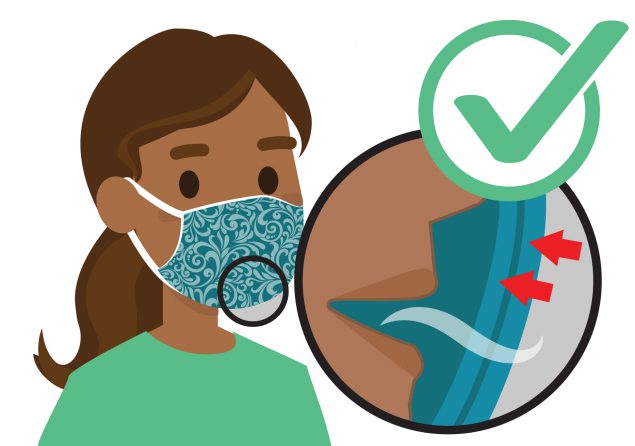
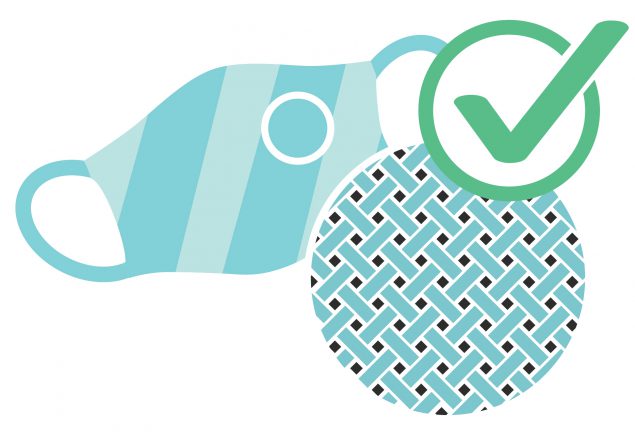
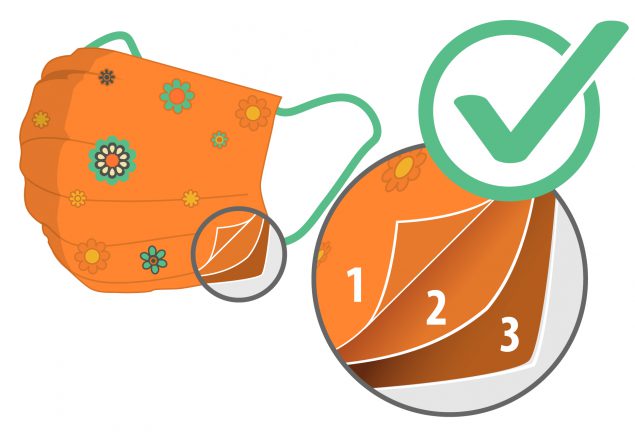
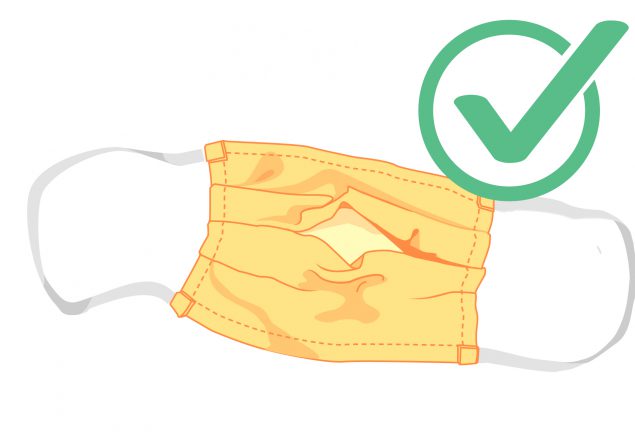
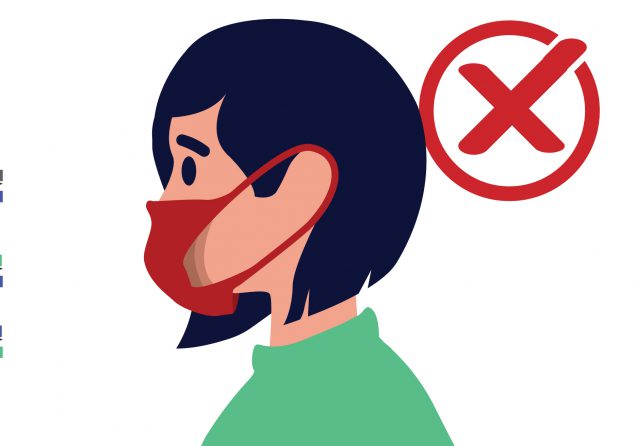
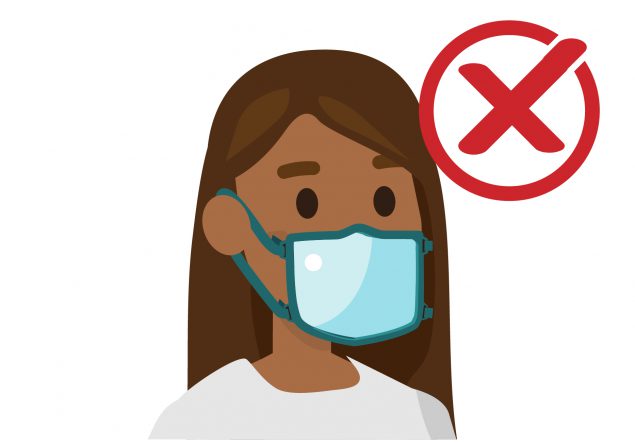


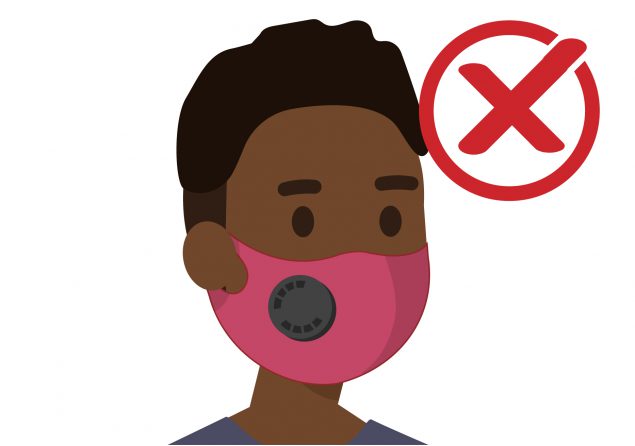
Do not use surgical masks and respirators that are meant for healthcare workers. Currently, surgical masks and respirators are critical supplies that should be reserved for healthcare workers and other medical first responders to prevent supply shortages.
CDC does not recommend using masks with exhalation valves or vents because this type of mask may not prevent you from spreading COVID-19 to others. The hole in the material may allow your respiratory droplets to escape and reach others.
The most effective fabrics for cloth masks are:
Less effective fabrics for cloth masks are:

Face shields and goggles are primarily used to protect the eyes of the person wearing it. Goggles do not cover the nose and mouth. Face shields have large gaps below and alongside the face, where your respiratory droplets may escape and reach others around you. At this time, we do not know how much protection a face shield provides to people around you. However, wearing a mask may not be feasible in every situation for some people.
For example, people who interact with those who are deaf or hearing impaired may find that a face shield is better than a mask when communicating. If you must wear a face shield instead of a mask:
CDC does not recommend using face shields or goggles as a substitute for masks. Do NOT put a plastic face shield (or a mask) on newborns or infants.
Make sure to maintain physical distance from others when you cannot wear a mask.
CDC recommends wearing a mask while dining in a restaurant except when actively eating or drinking.
Do not wear a mask when doing activities that may get your mask wet, like swimming at the beach or pool. A wet mask can make it difficult to breathe and may not work as well when wet.
Masks should be used in public settings, but if you are unable to wear a mask because of difficulty breathing during high intensity activities, choose a location with greater ventilation and air exchange (for instance, outdoors versus indoors) and where you can keep at least 6 feet from others during the activity.
If you are able to wear a mask, remove your mask if it gets moist from sweat and replace it with a clean mask.
Opt for an activity that does not require using mouth guards or helmets. Wearing a mask with these types of protective equipment is not safe if it makes it hard to breathe.
Supervise children who are wearing a mask while playing sports.
Appropriate and consistent use of masks may be challenging for some children and for people of any age with certain disabilities, including cognitive, intellectual, developmental, sensory, and behavioral disorders.
When deciding if children and people with certain disabilities should wear a mask, determine if they can:
If children and people with certain disabilities are unable to wear a mask properly or cannot tolerate a mask, they should not wear one.
Those caring for children and people with certain disabilities who may not be able to wear a mask should
Masks should not be worn by:
If you interact with people who rely on reading lips, you may have difficulty communicating while wearing a mask.
Most people with underlying medical conditions can and should wear masks.
If you work in a setting where masks could increase the risk of heat-related illness or cause safety concerns (for example, straps getting caught in machinery):
Wearing a mask does not raise the carbon dioxide (CO2) level in the air you breathe. A cloth mask does not provide an airtight fit across the face. The CO2 completely escapes into the air through and around the sides of the cloth mask when you breathe out or talk. CO2 is small enough to easily pass through any cloth mask material. In contrast, the virus that causes COVID-19 is much larger than CO2, so it cannot pass as easily through a properly designed and properly worn cloth mask.
Mon–Thur: 8am – 7pm
Friday: 8am – 5pm
Saturday: 8am – 12pm
Sunday: Closed
After-Hours Immediate Care: (316) 261-8825
Clinical Fax: (866) 514-0974
Dental Fax: (888) 662-7106
Information and images are from the CDC. Original post: https://www.cdc.gov/coronavirus/2019-ncov/prevent-getting-sick/cloth-face-cover-guidance.html